Reactive
beyond hype

Introduction & Plan



1. Intro
2. Methodology
3. Results
Reactive?


The Reactive Manifesto



Confusion

Reactive


React to Events
React to Load
React to Failure
React to Users

Responsiveness

Reactive Programming





Async / Non-blocking communication

Why async / non blocking is important

Thread per request

Async
vs
Non-blocking

ssize_t recv(
int sockfd,
void *buf,
size_t len,
int flags
);EAGAIN or EWOULDBLOCK
Non-blocking

Slick 3

val f: Future[Unit] = db.run(
bids += AuctionBid(...) // DBIO
)Multiple ops

(
for {
_ <- bids += AuctionBid(...)
...
_ <- userTransactions += Transaction(...)
} yield ()
).transactionally
val f: Future[Unit] = db.run(a)Cassandra

val futureBid: Future[Unit] = (
for {
_ <- verifyBidAmountIsHighest(
session.executeAsync(
bidsQuery(auctionId)
).asScala
)
_ <- session.executeAsync(insertBidQuery)
} yield ()
)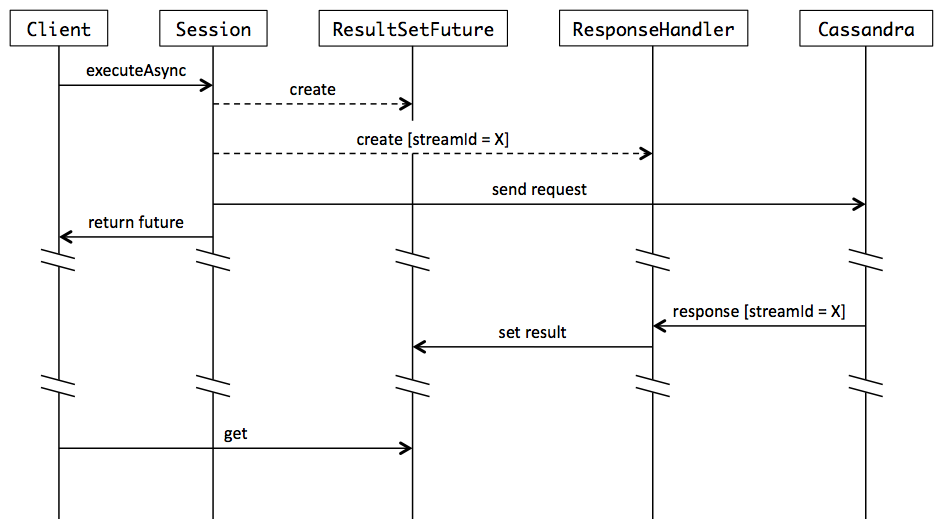

Netty & Multiplexing
All called reactive


...I personally feel that’s Rust’s story on the server is going to be very firmly rooted in the “async world”. This may not be for the precise reason you’d imagine though! It’s generally accepted that best-in-class performance when you’re doing lots of I/O necessitates the usage of asynchronous I/O, which I think is critical to Rust’s use case in servers.
So, what is blocking you from using Rust on the server today?

Cost of reactive approach

Complexity

Async is hard (concurrency)

timingF(1, "create_auction)") {
for {
session <- sessionFuture
_ <- session.executeAsync(query).asScala
} yield auctionId.toString
}
def timingF[T](label: String)(f: => Future[T])
(implicit ec: ExecutionContext): Future[T] = {
val timer = cassandraQueryLatencies
.labels(label)
.startTimer()
f.onComplete { _ =>
val time = timer.observeDuration()
log.info(s"Query [${label}] took ${time}")
}
f
}

java.lang.NullPointerException was thrown.
java.lang.NullPointerException
at com.datastax.driver.core.querybuilder.BuiltStatement.maybeRebuildCache(BuiltStatement.java:166)
at com.datastax.driver.core.querybuilder.BuiltStatement.getValues(BuiltStatement.java:264)
at com.datastax.driver.core.SessionManager.makeRequestMessage(SessionManager.java:558)
at com.datastax.driver.core.SessionManager.executeAsync(SessionManager.java:131)
at com.virtuslab.auctionhouse.primaryasync.AuctionServiceImpl.$anonfun$createAuction$2(AuctionService.scala:115)
at scala.concurrent.Future.$anonfun$flatMap$1(Future.scala:304)
at scala.concurrent.impl.Promise.$anonfun$transformWith$1(Promise.scala:37)
at scala.concurrent.impl.CallbackRunnable.run(Promise.scala:60)
at scala.concurrent.impl.ExecutionContextImpl$AdaptedForkJoinTask.exec(ExecutionContextImpl.scala:140)
at java.util.concurrent.ForkJoinTask.doExec(ForkJoinTask.java:289)
at java.util.concurrent.ForkJoinPool$WorkQueue.runTask(ForkJoinPool.java:1056)
at java.util.concurrent.ForkJoinPool.runWorker(ForkJoinPool.java:1692)
at java.util.concurrent.ForkJoinWorkerThread.run(ForkJoinWorkerThread.java:157)

def timingF[T](label: String)(f: => Future[T])
(implicit ec: ExecutionContext): Future[T] = {
val timer = cassandraQueryLatencies
.labels(label)
.startTimer()
f.onComplete { _ =>
val time = timer.observeDuration()
log.info(s"Query [${label}] took ${time}")
}
f
}



Invalid amount of bind variables
com.datastax.driver.core.exceptions.InvalidQueryException: Invalid amount of bind variables
at com.datastax.driver.core.Responses$Error.asException(Responses.java:147)
at com.datastax.driver.core.DefaultResultSetFuture.onSet(DefaultResultSetFuture.java:179)
at com.datastax.driver.core.RequestHandler.setFinalResult(RequestHandler.java:198)
at com.datastax.driver.core.RequestHandler.access$2600(RequestHandler.java:50)
at com.datastax.driver.core.RequestHandler$SpeculativeExecution.setFinalResult(RequestHandler.java:852)
at com.datastax.driver.core.RequestHandler$SpeculativeExecution.onSet(RequestHandler.java:686)
at com.datastax.driver.core.Connection$Dispatcher.channelRead0(Connection.java:1089)
at com.datastax.driver.core.Connection$Dispatcher.channelRead0(Connection.java:1012)
at io.netty.channel.SimpleChannelInboundHandler.channelRead(SimpleChannelInboundHandler.java:105)
at io.netty.channel.AbstractChannelHandlerContext.invokeChannelRead(AbstractChannelHandlerContext.java:356)
at io.netty.channel.AbstractChannelHandlerContext.invokeChannelRead(AbstractChannelHandlerContext.java:342)
at io.netty.channel.AbstractChannelHandlerContext.fireChannelRead(AbstractChannelHandlerContext.java:335)
at io.netty.handler.timeout.IdleStateHandler.channelRead(IdleStateHandler.java:287)
at io.netty.channel.AbstractChannelHandlerContext.invokeChannelRead(AbstractChannelHandlerContext.java:356)
at io.netty.channel.AbstractChannelHandlerContext.invokeChannelRead(AbstractChannelHandlerContext.java:342)
at io.netty.channel.AbstractChannelHandlerContext.fireChannelRead(AbstractChannelHandlerContext.java:335)
at io.netty.handler.codec.MessageToMessageDecoder.channelRead(MessageToMessageDecoder.java:102)
at io.netty.channel.AbstractChannelHandlerContext.invokeChannelRead(AbstractChannelHandlerContext.java:356)
at io.netty.channel.AbstractChannelHandlerContext.invokeChannelRead(AbstractChannelHandlerContext.java:342)
at io.netty.channel.AbstractChannelHandlerContext.fireChannelRead(AbstractChannelHandlerContext.java:335)
at io.netty.handler.codec.ByteToMessageDecoder.fireChannelRead(ByteToMessageDecoder.java:312)
at io.netty.handler.codec.ByteToMessageDecoder.channelRead(ByteToMessageDecoder.java:286)
at io.netty.channel.AbstractChannelHandlerContext.invokeChannelRead(AbstractChannelHandlerContext.java:356)
at io.netty.channel.AbstractChannelHandlerContext.invokeChannelRead(AbstractChannelHandlerContext.java:342)
...

Experiment

Compare reactive and classical stack
- efficiency
- scalability
- development effort

How we wanted to do that?
- Pick 2 stacks - reactive and sync
- prepare 2 implementations of the same set of cases
- test them!!!

What to wanted to test?
we wanted to cover typical user stories in web application
So, we could create set of dummy services to test... or simple web app...

Domain, applications and infrastructure

AuctionHouse App

Architecture
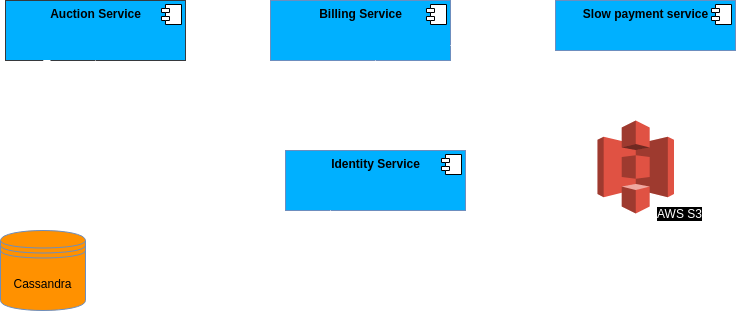

Architecture
Sync:
- Scalatra (servlets)
- AWS S3 blocking API
- Sync Cassandra DataStax driver
Reactive:
- Akka Http
- Alpakka
- Async Cassandra DataStax driver

Infrastructure

Testing

Create auction scenario:
- Create account
- Log in
- Create auction
Bid in auction scenario:
- Create account
- Log in
- List auctions
- view auction
- bid
- pay
Simulation types:
- heavisideUsers
- rampUsers
- atOnceUsers

Results

Scalatra
- old good servlets
- thread per request model
- blocking IO
- Jetty servlet container

Different kinds of beasts
Different kinds of beasts
Akka HTTP
- uses actor system and async messaging between actors to spread work onto all cores
- asynchronous IO
- optimized for persistent connections and streaming

$ ab -c 50 -n 3000 'http://akka-http.local/_status'
Concurrency Level: 50 Time taken for tests: 2.801 seconds Complete requests: 3000 Failed requests: 0 Total transferred: 642000 bytes Requests per second: 1071.21 [#/sec] (mean) Time per request: 46.676 [ms] (mean) Time per request: 0.934 [ms] (mean, across all concurrent requests) Transfer rate: 223.87 [Kbytes/sec] received
$ ab -k -c 50 -n 3000 'http://akka-http.local/_status'
Concurrency Level: 50 Time taken for tests: 0.595 seconds Complete requests: 3000 Failed requests: 0 Keep-Alive requests: 3000 Total transferred: 657000 bytes Requests per second: 5039.82 [#/sec] (mean) Time per request: 9.921 [ms] (mean) Time per request: 0.198 [ms] (mean, across all concurrent requests) Transfer rate: 1077.85 [Kbytes/sec] received
$ ab -c 50 -n 3000 'http://scalatra.local/_status'
Concurrency Level: 50 Time taken for tests: 1.620 seconds Complete requests: 3000 Failed requests: 0 Total transferred: 642000 bytes Requests per second: 1851.71 [#/sec] (mean) Time per request: 27.002 [ms] (mean) Time per request: 0.540 [ms] (mean, across all concurrent requests) Transfer rate: 386.98 [Kbytes/sec] received
$ ab -k -c 50 -n 3000 'http://scalatra.local/_status'
Concurrency Level: 50 Time taken for tests: 0.782 seconds Complete requests: 3000 Failed requests: 0 Keep-Alive requests: 3000 Total transferred: 714000 bytes Requests per second: 3835.80 [#/sec] (mean) Time per request: 13.035 [ms] (mean) Time per request: 0.261 [ms] (mean, across all concurrent requests) Transfer rate: 891.52 [Kbytes/sec] received
Identity is screwed
and everyone knows about it


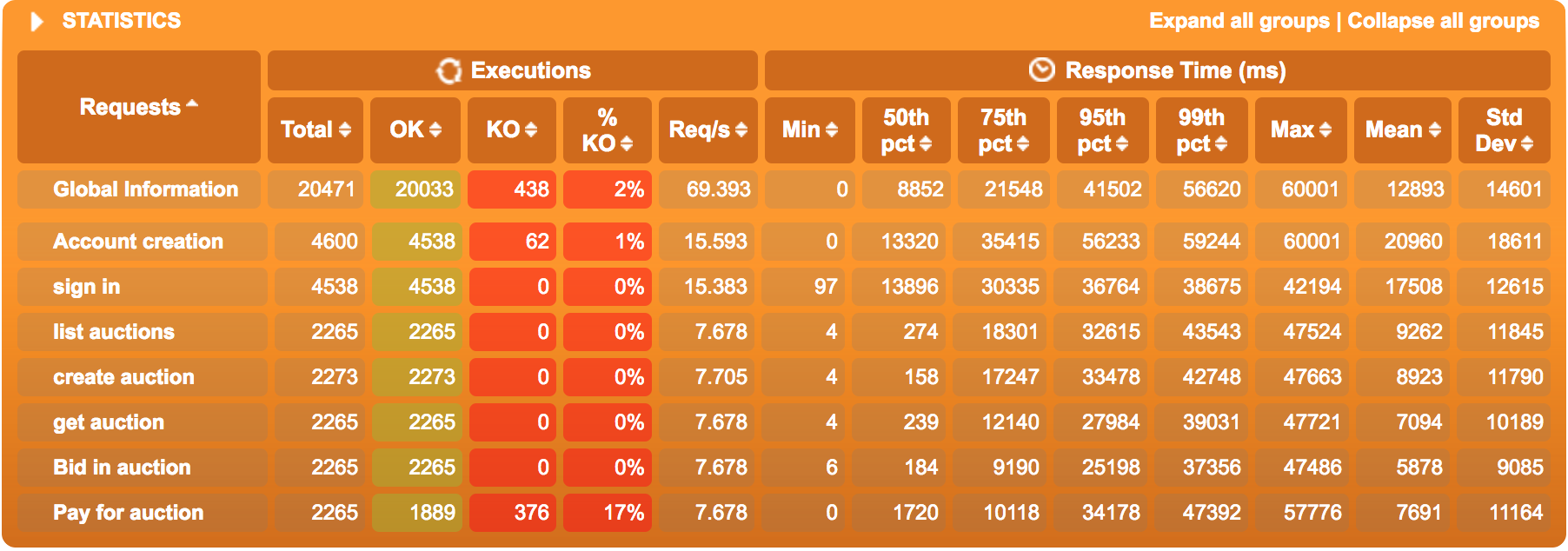
Sync stack
Heaviside load scenario, 2300 users, 300 seconds
Reactive Microservices: The Good Parts
Reactive stack
Heaviside load scenario, 2300 users, 300 seconds
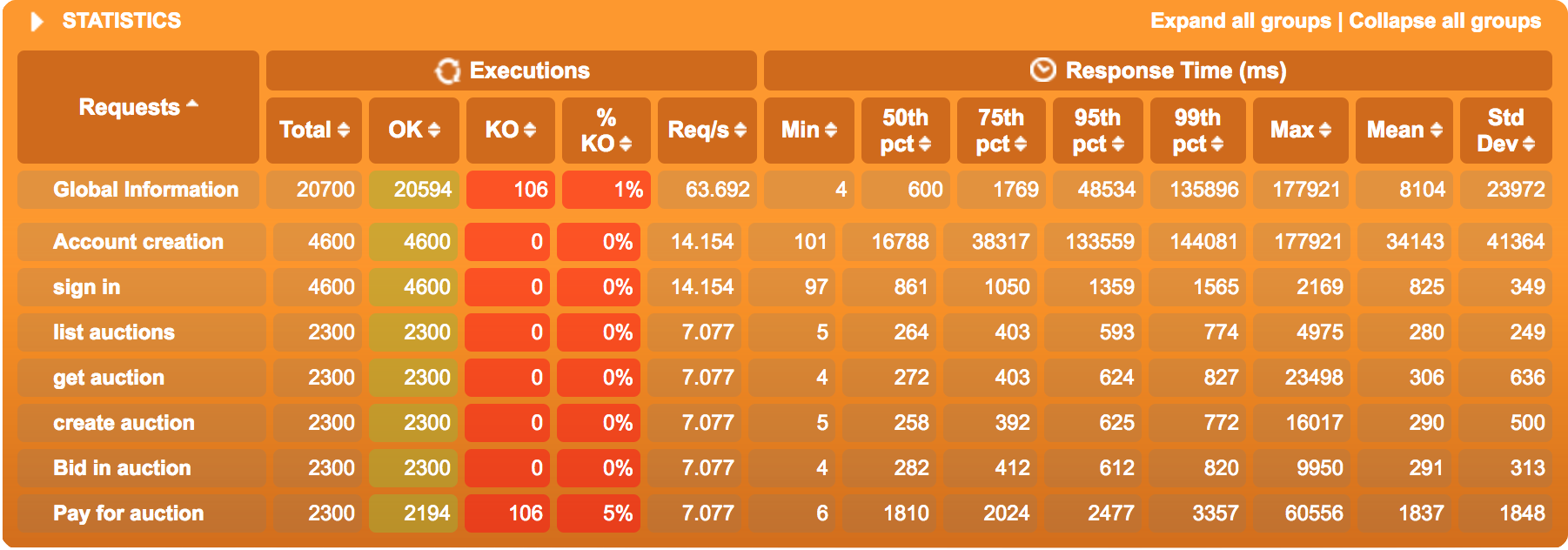
Reactive Microservices: The Good Parts
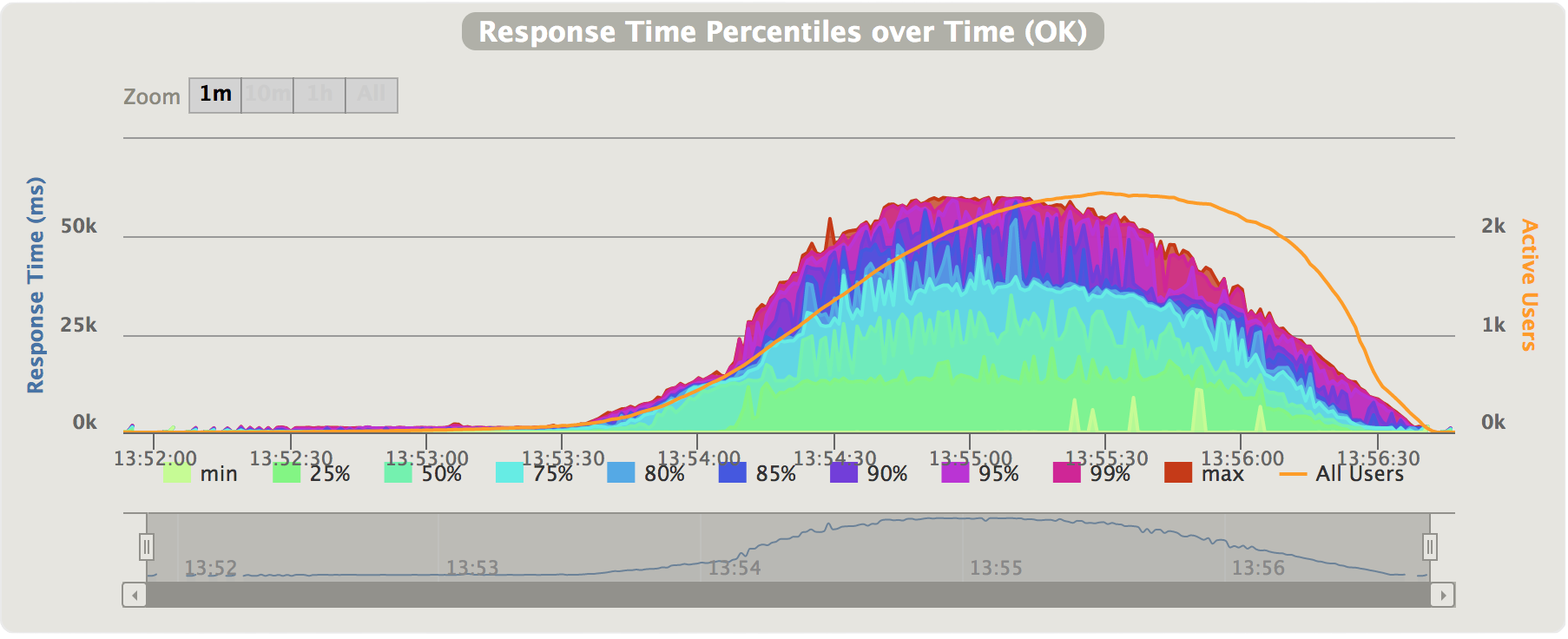
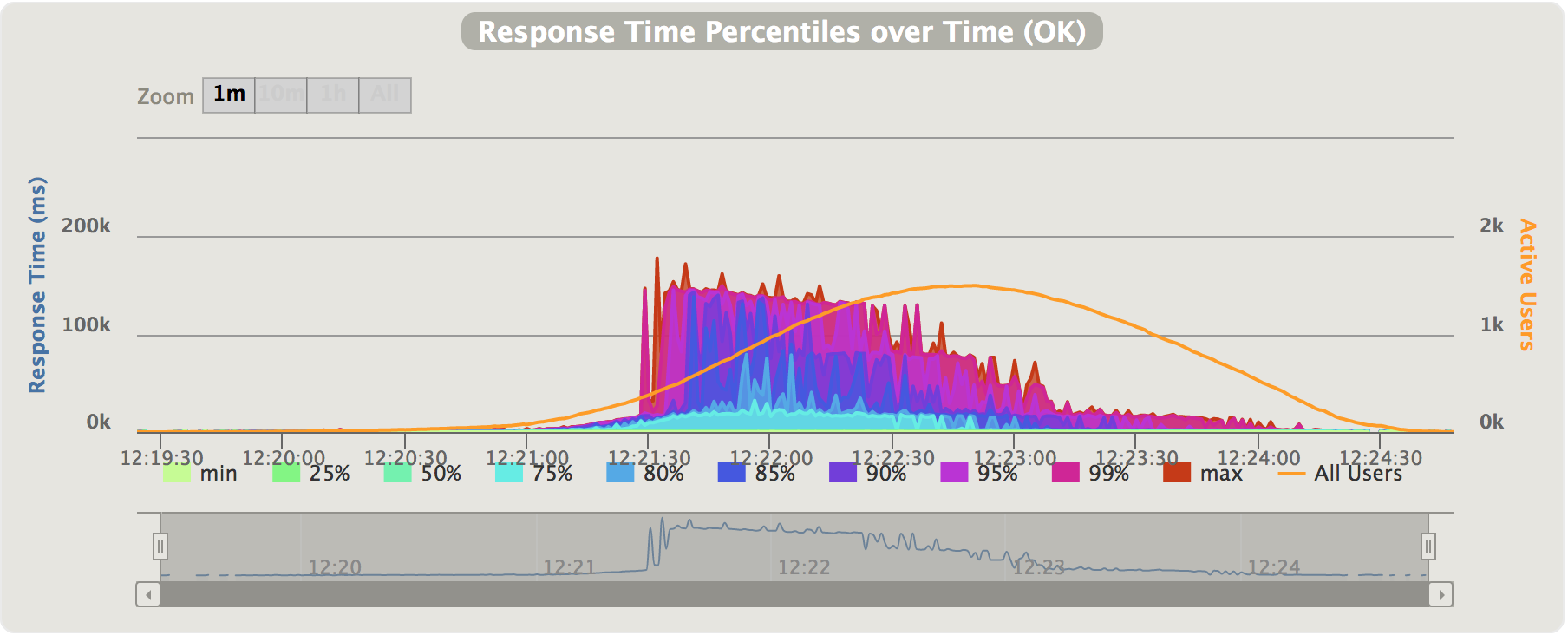
Async
Sync
Reactive Microservices: The Bad Parts
Reactive stack
- Configuration tuning:
- Timeouts
- Queue sizes
- Learning curve
Sync stack
- Just worked.

Reactive Microservices: The Hard Parts
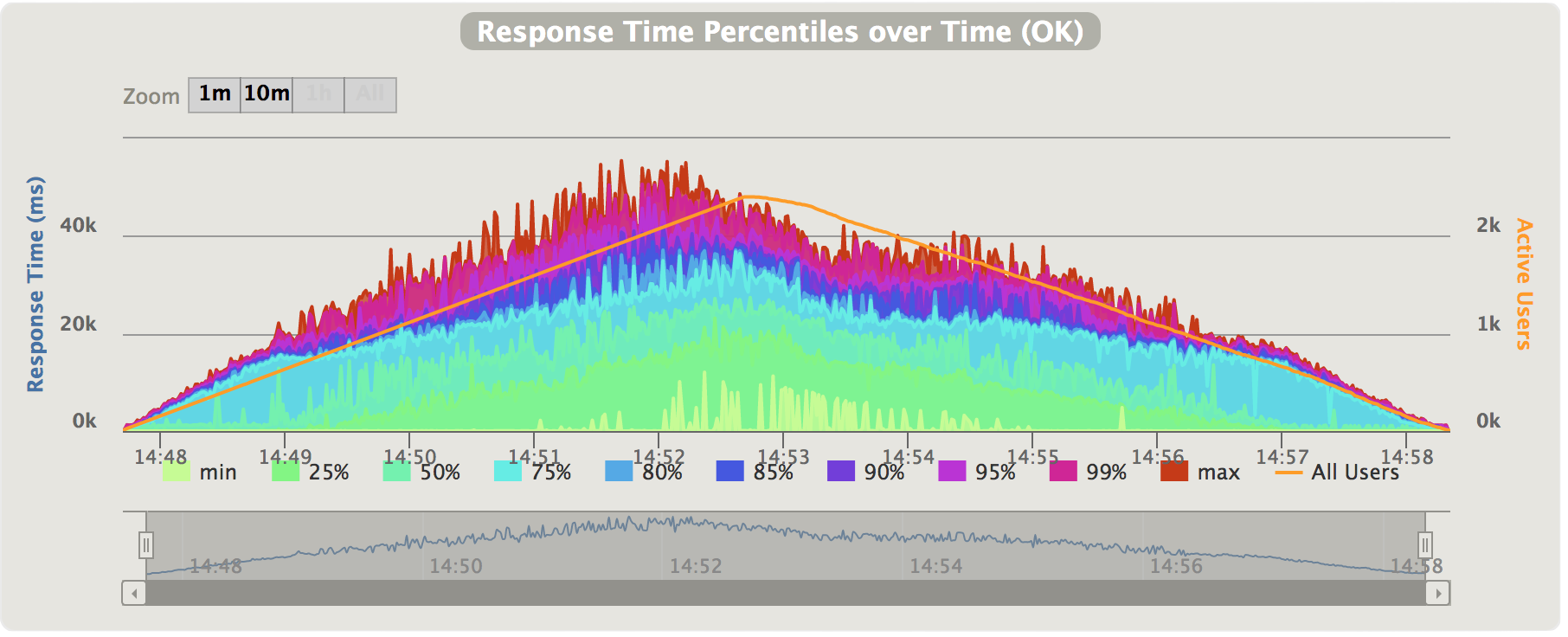
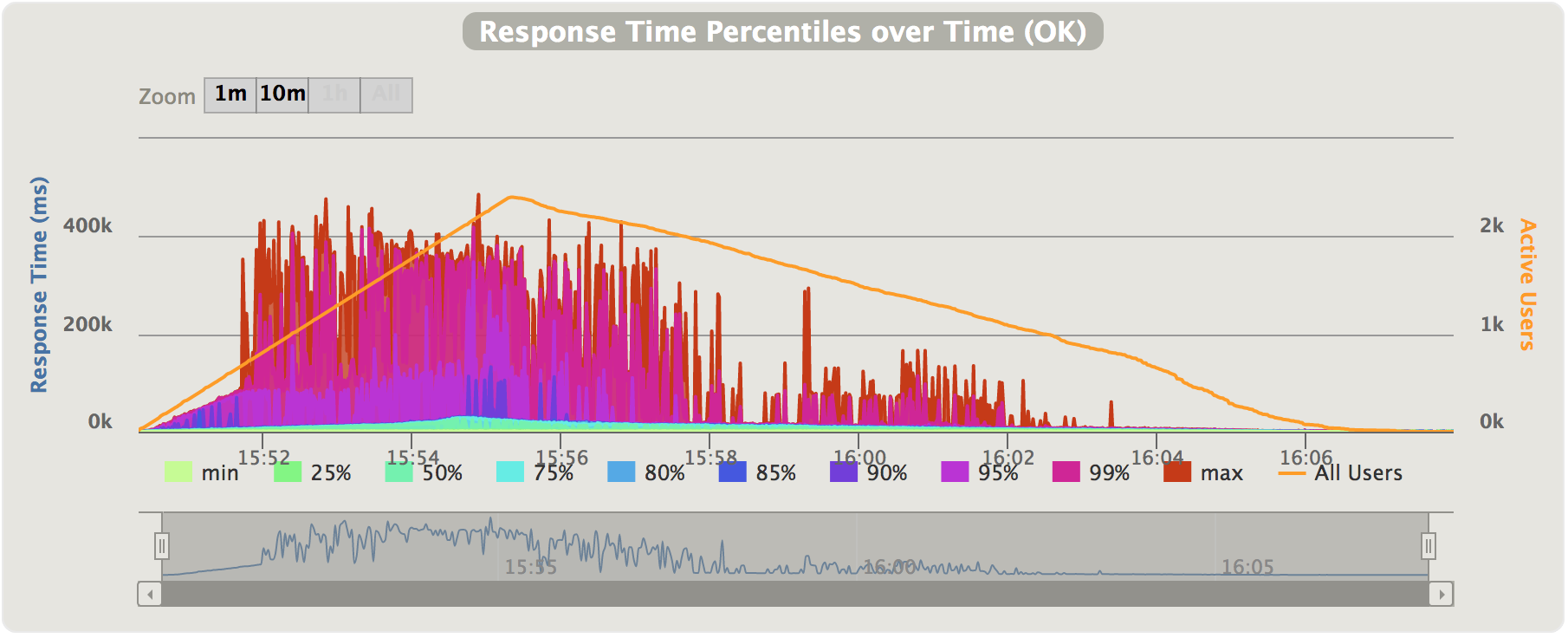
Sync
Async
Final remarks
- Decide if you need to go reactive, if so:
- Measure performance, perform load testing
- Your milage WILL vary so learn how the guts work

Thank you for
listening


http://github.com/VirtusLab/ReactSphere-reactive-beyond-hype
Reactive - beyond hype (ReactSphere)
By Pawel Dolega
Reactive - beyond hype (ReactSphere)
- 2,240



